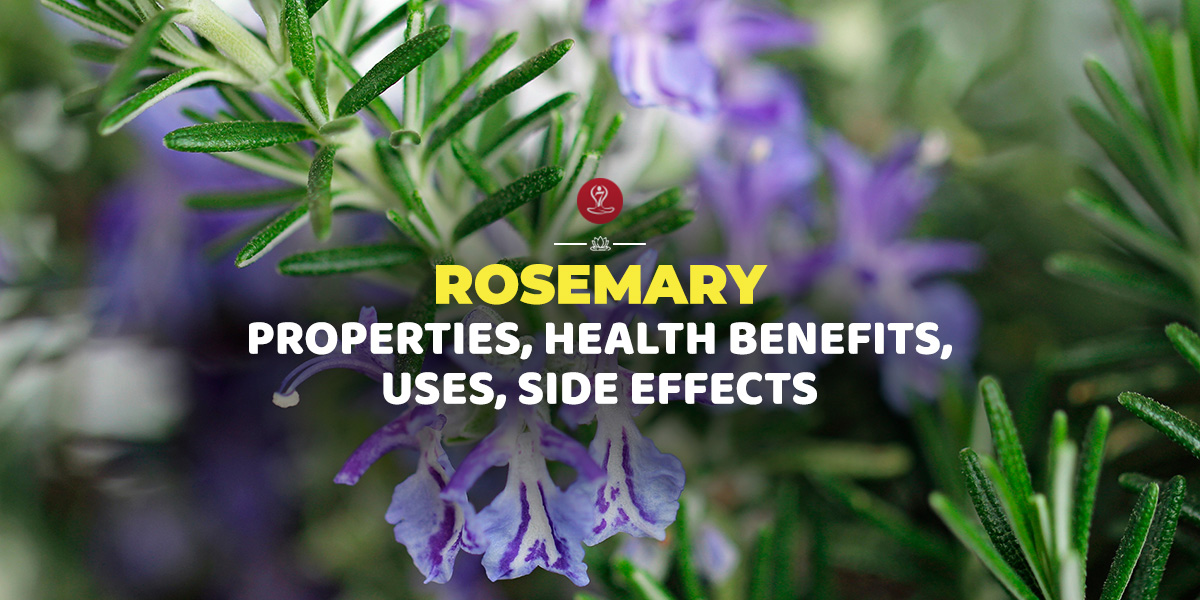
Kulfa, also known as pigweed or Amaranthus viridis, is a plant that is commonly found in many parts of the world, including India .
We have been hearing since childhood that most nutrients are found in green leaves. Iron, calcium, vitamins, antioxidants, and fiber are found in abundance in green leafy greens and there are many benefits of eating them. Kulfa (Pigweed) is also one of the greens with green leaves. Fresh leaves of Kulfa can be successfully incorporated into various dishes to increase calcium and iron. (Study)
Kulfa, also known as purslane, pusley, little hogweed or Luni greens, is used in summer. It is found growing as a weed in empty lands. Most people like it for taste because it has good sourness. Overall is paramount in its medicinal effects. It is one of the oldest leafy vegetables that is used in Europe, Asia India, Japan, Africa, Australia, and America. It is eaten as salads and vegetables.
In Ayurveda Kulfa know as Lonika which is use for create herb of pitta dosha phelgem.
The entire plant is edible including leaves, stems, flowers, and seeds, its leaves appear thick, mucous. Apart from this, its yellow flower buds are also preferred since ancient times it has been used as folk medicine.
In fact, Kulfa (Pigweed) can be called “superfood” due to the vitamins and minerals found in this herb.
Other Name Kulfa (Pigweed)
Ayurvedic Brihat Lonikaa, Lonaa, Loni, Ghoddhika, Ghotikaa, Upodika
English Garden Purslane, Common Indian Purslane, Purslane
Hindi Khursa, Kulfa, Badi Lona
Unani Kulfa, Khurfa
Common names Purslane, Pigweed plant
Sanskrit Lonika, Loni, Ghotika.
Gujrati Luni, Loni, Moti Luni
Tamil Pasalai, Pulikkirai
Kulfa is known by many common names such as Pigweed, Kulfa, Pourpier, Rigla, little hogweed or Luni greens, Pourpier (French), Gelber Portulak (German) Portulak (Danish), Portulakk (Norwegian), Verdolaga (Spanish), etc.
Purslane, Kulfa (Pigweed) Nutrition Facts
WHO (World Health Organization) has included it in most widely used medicinal plants.
Nutritional value per 100 g USDA Database
| Energy | 84 kJ (20 kcal) |
| Carbohydrates | 3.39 g |
| Fat | 0.36 g |
| Protein | 2.03 g |
| Water | 92.86 g |
| Vitamin A | 1320 IU |
| Thiamine (vitamin. B1) | 0.047 mg (4%) |
| Riboflavin (vitamin. B2) | 0.112 mg (9%) |
| Niacin (vitamin. B3) | 0.48 mg (3%) |
| Vitamin B6 | 0.073 mg (6%) |
| Folate (Vit. B9) | 12 μg (3%) |
| Vitamin C | 21 mg (25%) |
| Calcium | 65 mg (7%) |
| Iron | 1.99 mg (15%) |
| Magnesium | 68 mg (19%) |
| Manganese | 0.303 mg (14%) |
| Phosphorus | 44 mg (6%) |
| Potassium | 494 mg (11%) |
| Zinc | 0.17 mg (2%) |
Health Benefits of Kulfa (Pigweed)
In Ayurveda, Kulfa has been used for its medicinal properties for thousands of years, and it is believed to have several health benefits. Here are some of the properties and health benefits of Kulfa:
- Anti-inflammatory: Kulfa has anti-inflammatory properties that can help reduce inflammation in the body. This makes it useful in conditions like arthritis, gout, and other inflammatory conditions.
- Analgesic: Kulfa has analgesic properties, which means it can help relieve pain. It can be useful in conditions like headaches, menstrual cramps, and muscle pain.
- Antioxidant: Kulfa is rich in antioxidants, which can help protect the body from damage caused by free radicals. This can be helpful in reducing the risk of chronic diseases like heart disease, cancer, and Alzheimer’s.
- Diuretic: Kulfa has diuretic properties, which means it can help increase urine production and reduce water retention. This can be helpful in conditions like edema and high blood pressure.
- Nutritious: Kulfa is rich in nutrients like vitamin A, vitamin C, iron, calcium, and potassium. This makes it a good food to include in the diet for overall health and well-being.
- Anti-microbial: Kulfa has anti-microbial properties that can help fight off harmful bacteria and viruses in the body. This can be helpful in preventing and treating infections.
Side-effects/Caution
Eating a large amount of raw Kulfa (Pigweed) is harmful.
Conclusion
Kulfa can be used in a variety of ways, including as a food, a juice, or a poultice. However, it’s important to note that more research is needed to fully understand the therapeutic properties and potential benefits of Kulfa. It’s always a good idea to consult a qualified healthcare provider before using any herbal remedies or supplements.
RELATED ARTICLES
Jul 21, 2024
Unlock the Power of Brahmi: A Miracle Herb for Mind and Body
Brahmi, an essential Ayurvedic herb, has been used for centuries for its remarkable health benefits. Let’s explore the top advantages[...]
Jul 21, 2024
Discover the Magic of Lemon Balm: Remedy for Stress, Digestion
Lemon balm, scientifically known as Melissa officinalis, is a herb from the mint family. Native to Europe, it’s now cultivated[...]
Jul 21, 2024
Rosemary: Properties, Health Benefits, Uses, Side Effects
Ayurvedic and herbal items have been used for centuries. Even with the reliance on modern medicine, many still turn to[...]
RECENT POSTS
Disclaimer
The content is purely informative and educational in nature and should not be construed as medical advice. Please use the content only in consultation with an appropriate certified medical or healthcare professional







